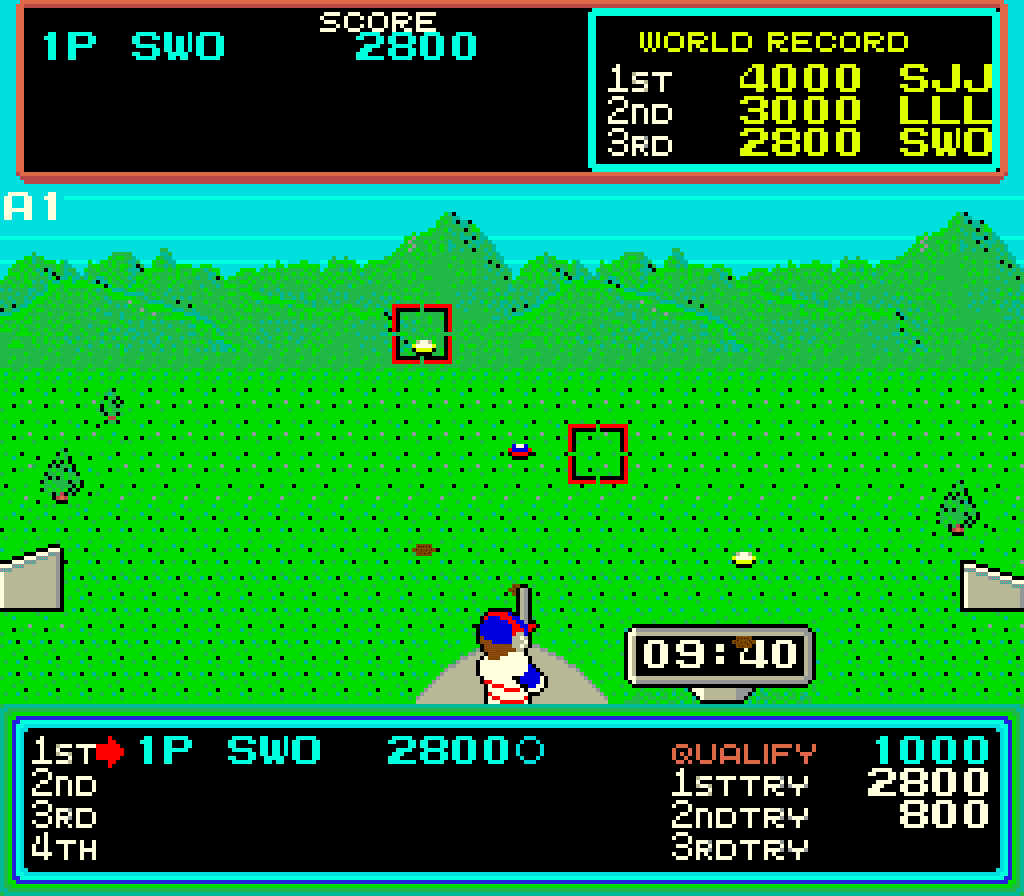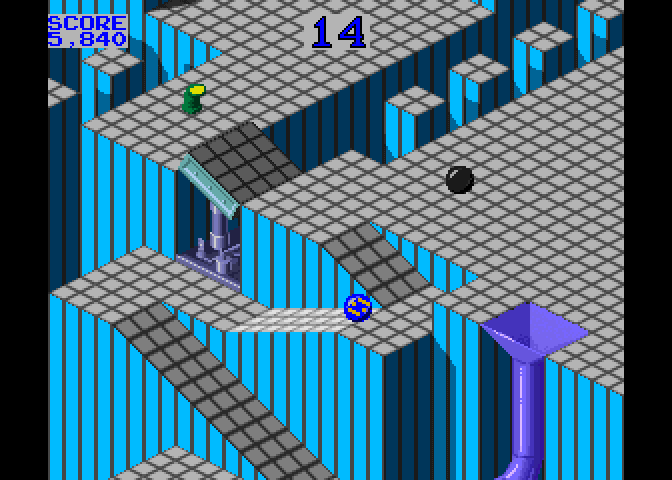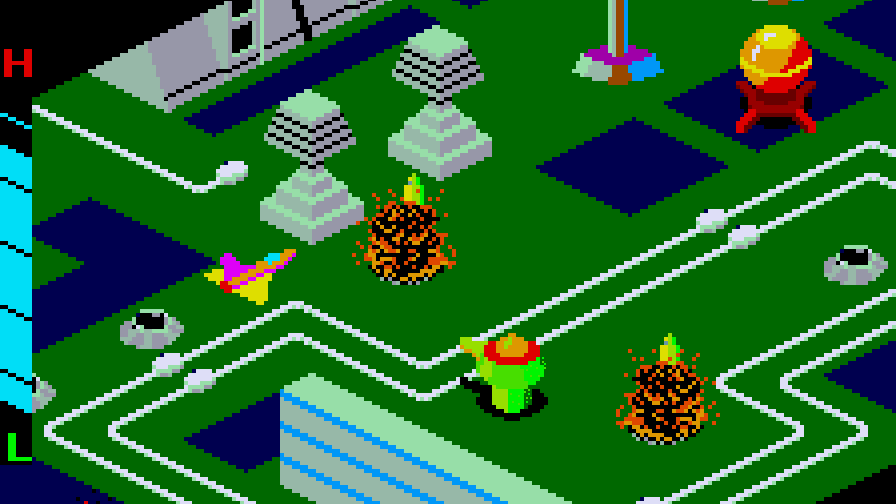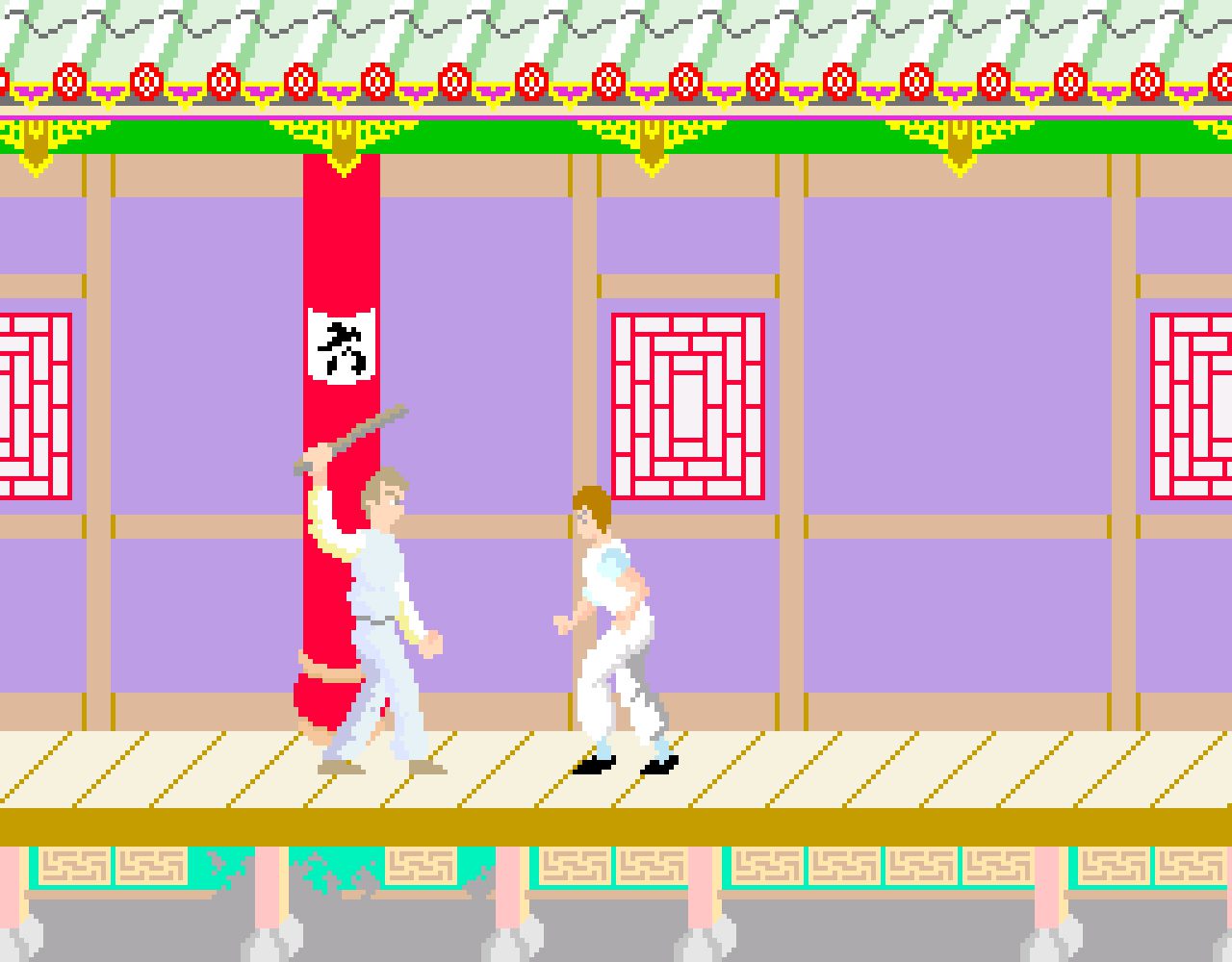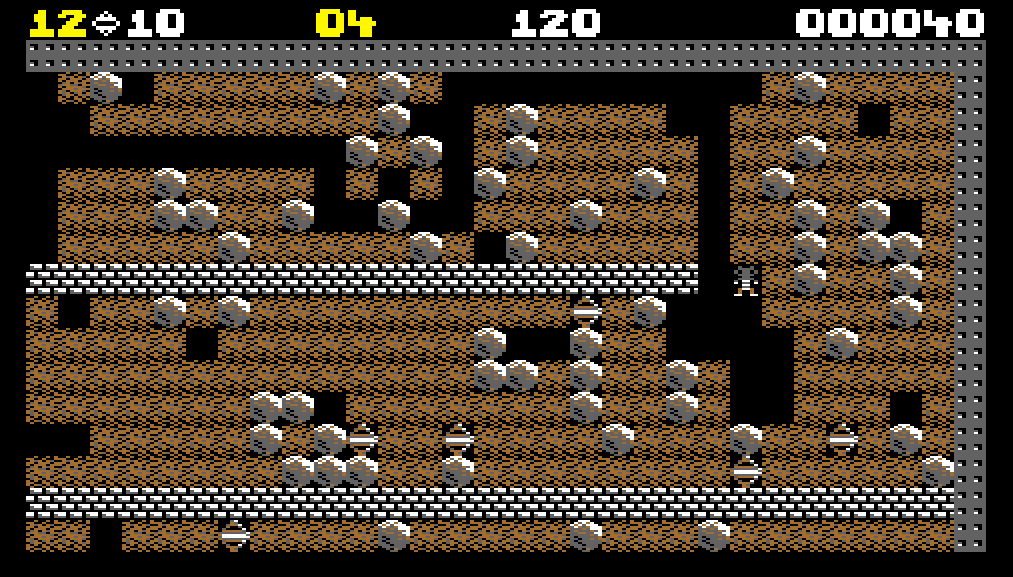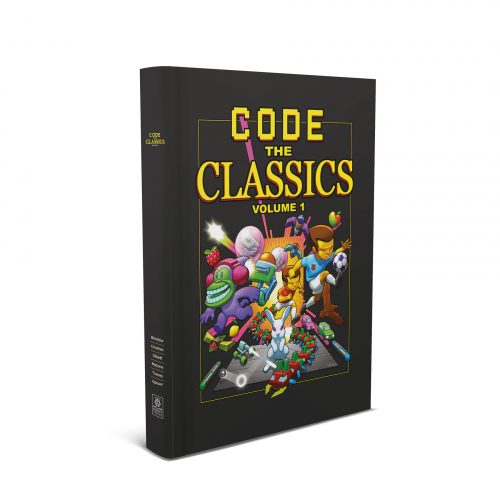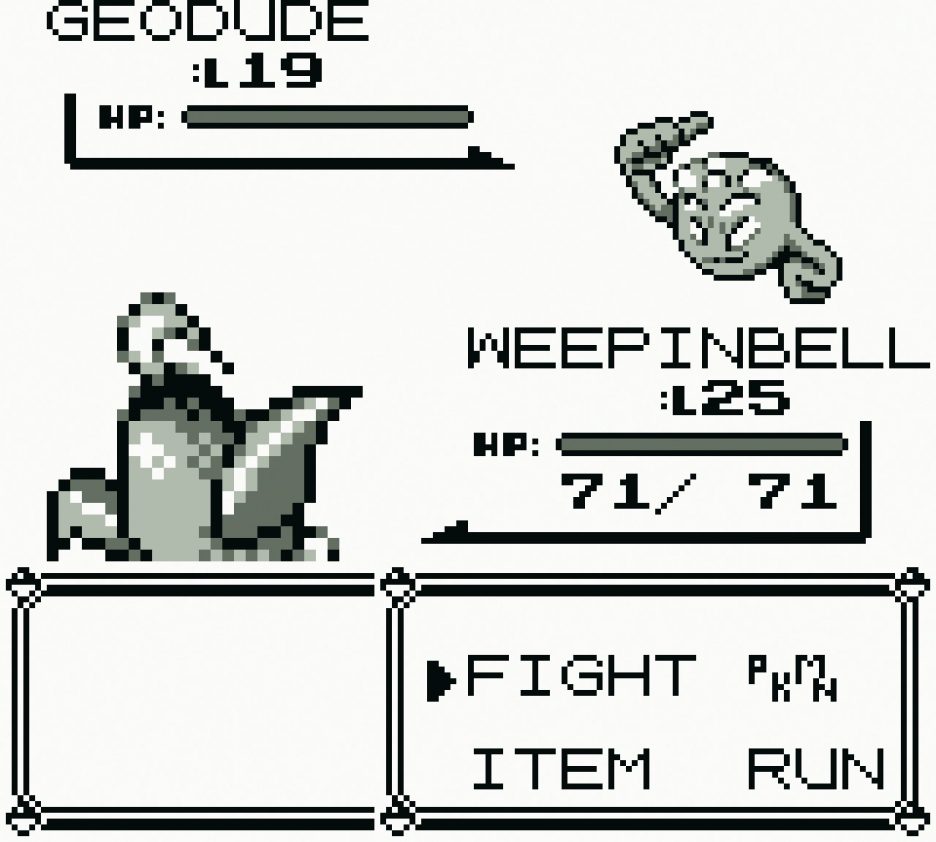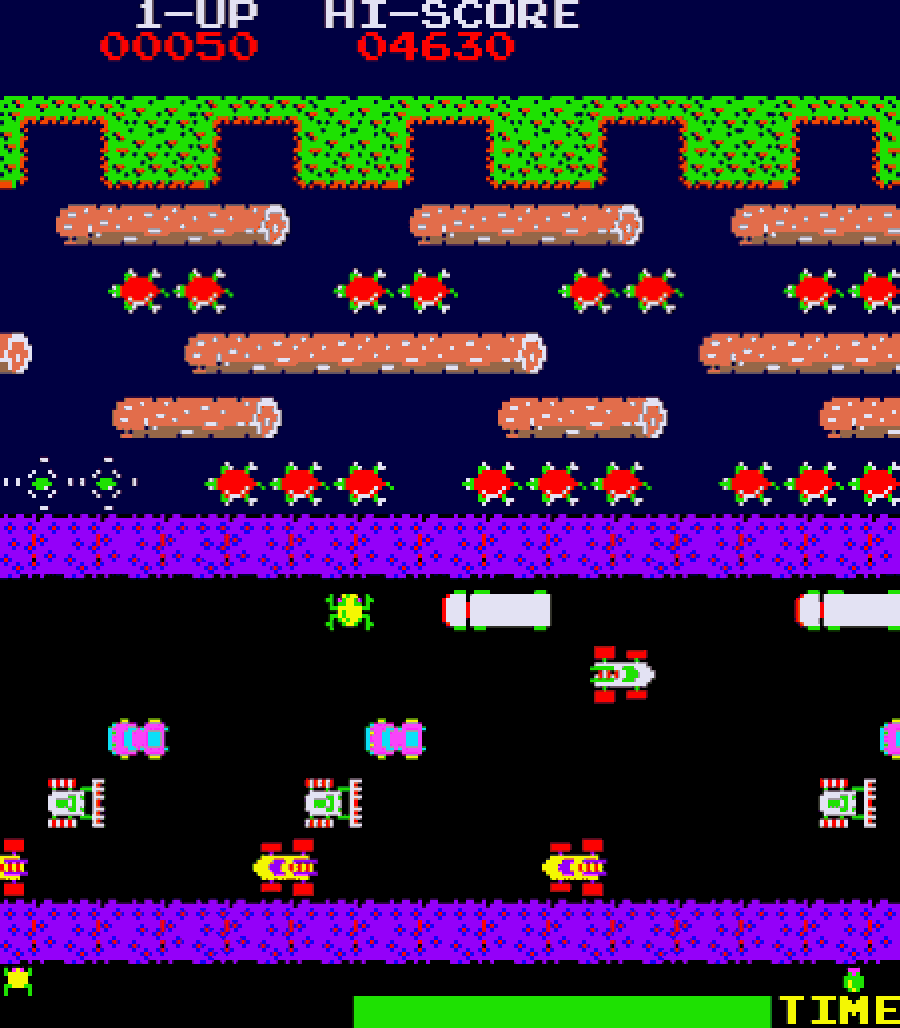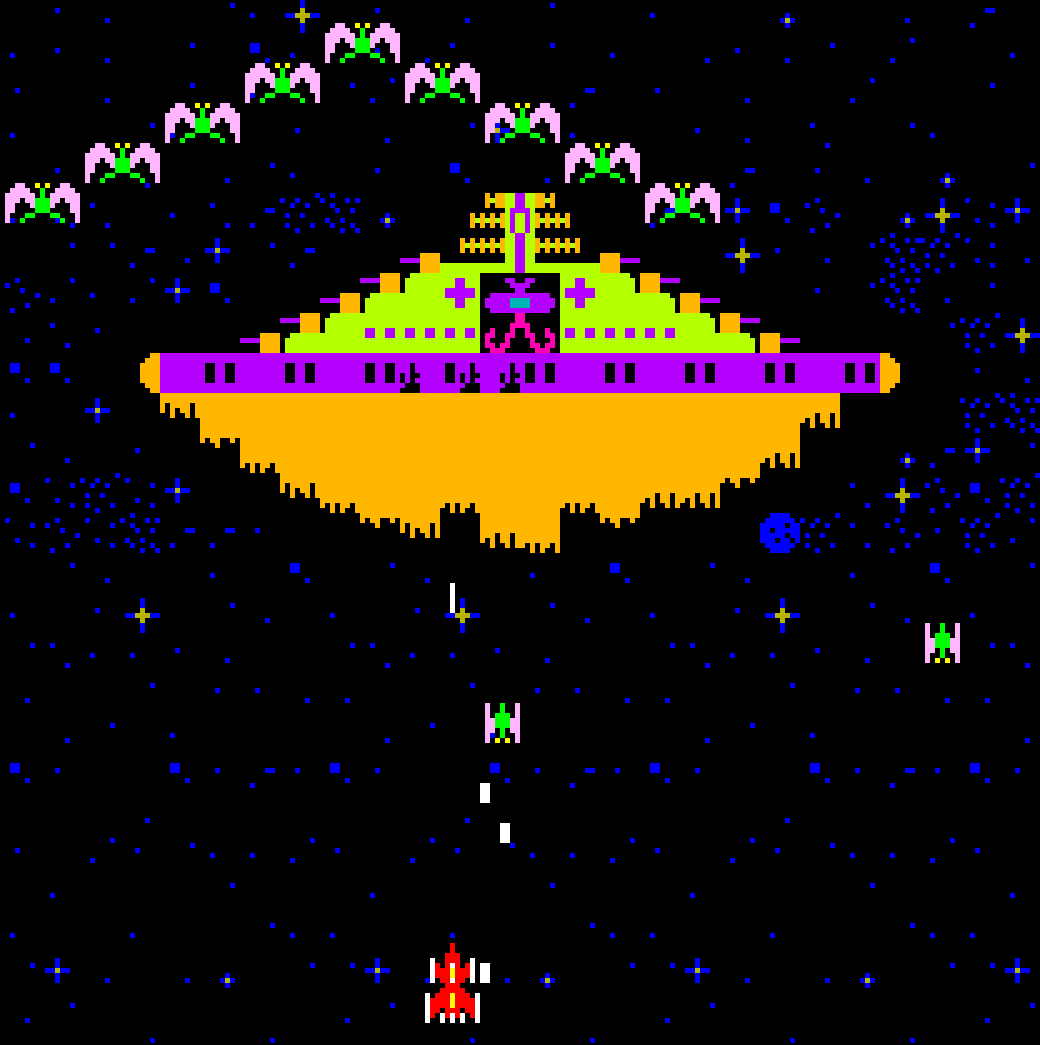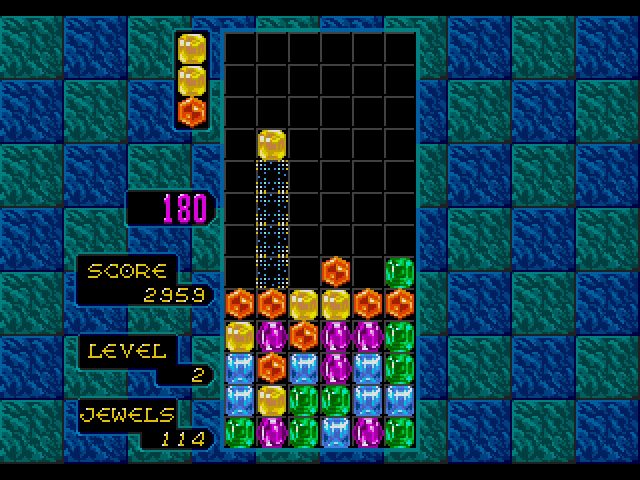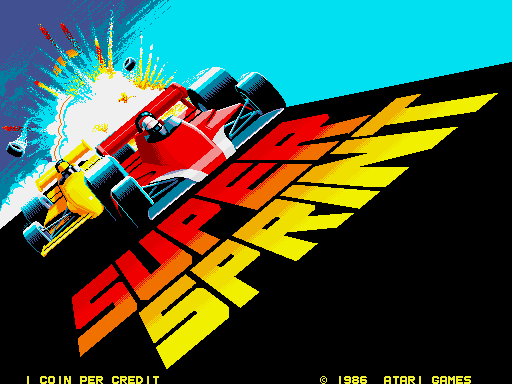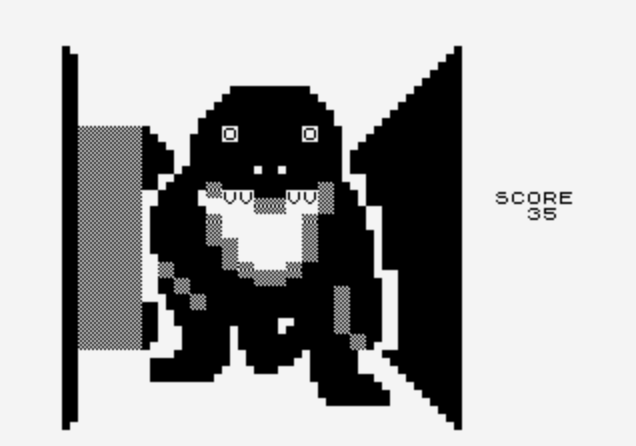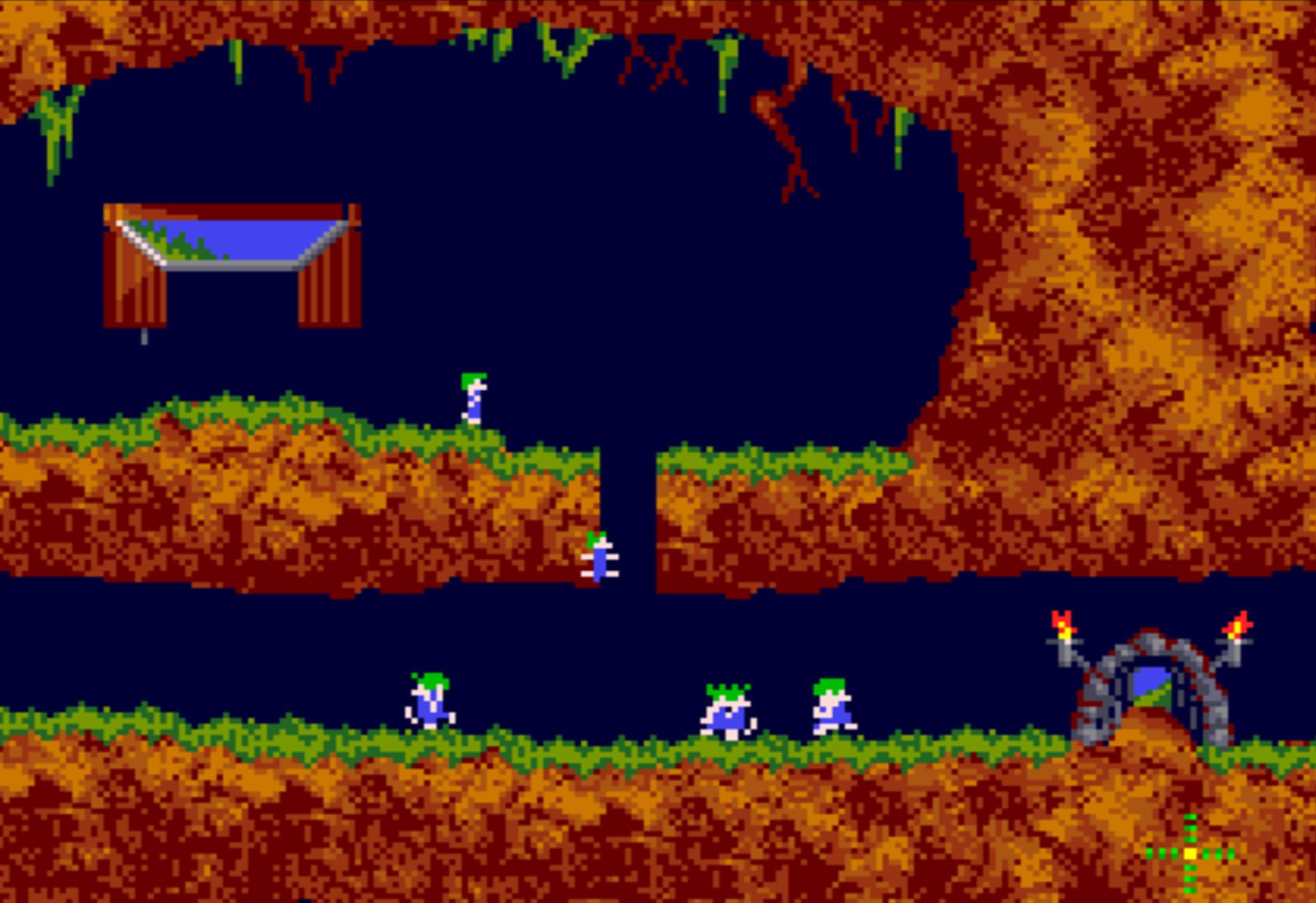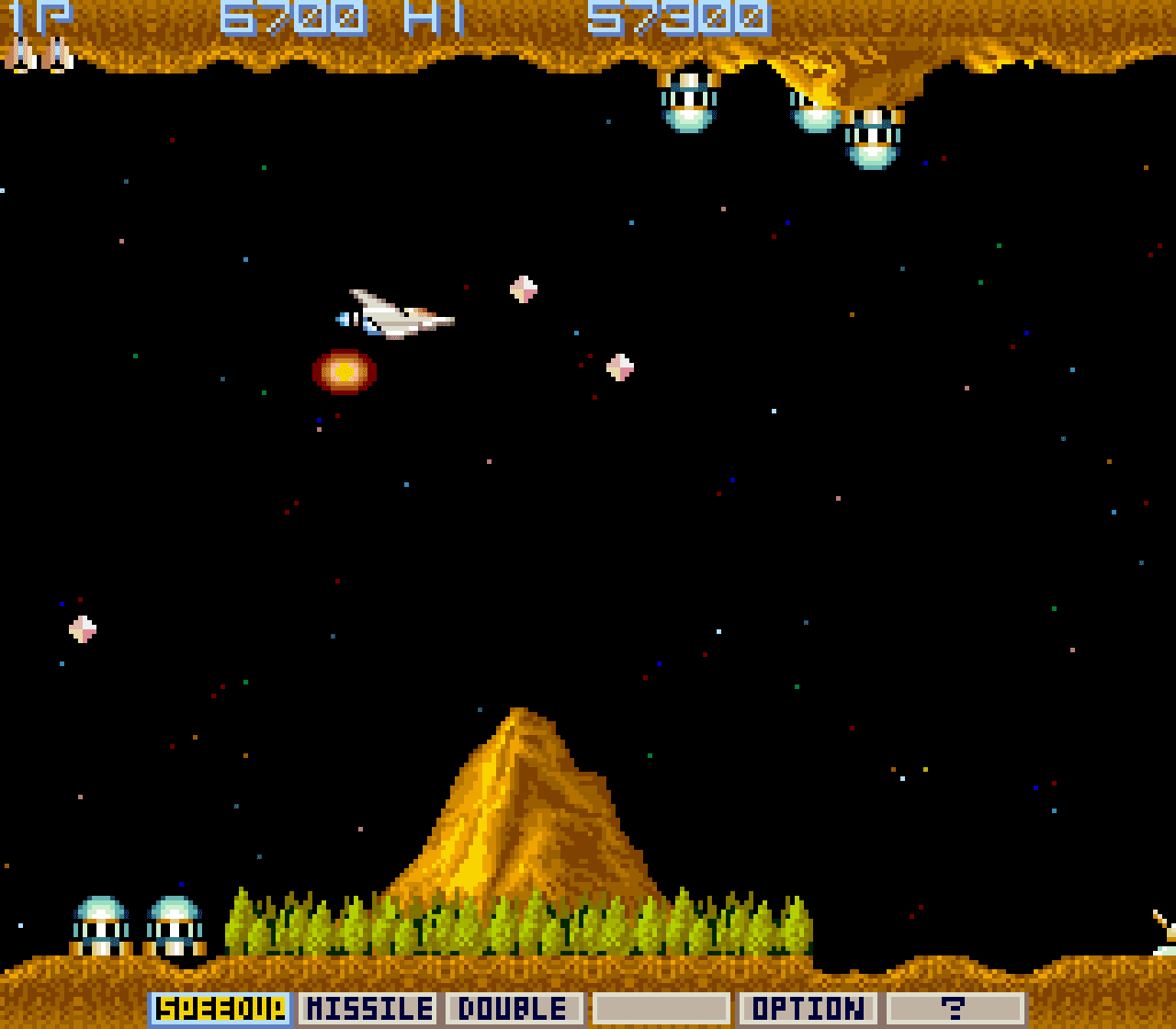Schlagwort: retro games
-

Code Hyper Sports’ shooting minigame | Wireframe #35
Reading Time: 4 minutesGun down the clay pigeons in our re-creation of a classic minigame from Konami’s Hyper Sports. Take it away, Mark Vanstone… Hyper Sports’ Japanese release was tied in with the 1984 Summer Olympics. Hyper Sports Konami’s sequel to its 1983 arcade hit, Track & Field, Hyper Sports offered seven games – or…
-

Recreate Flappy Bird’s flight mechanic | Wireframe #29
Reading Time: 3 minutesFrom last year’s issue 29 of Wireframe magazine: learn how to create your own version of the simple yet addictive side-scroller Flappy Bird. Raspberry Pi’s Rik Cross shows you how. Flappy Bird: ridiculously big in 2014, at least for a while. Flappy Bird was released by programmer Dong Nguyen in 2013, and…
-

Code a homage to Marble Madness | Wireframe #34
Reading Time: 4 minutesCode the map and movement basics of the innovative marble-rolling arcade game. Mark Vanstone shows you how. Each of Marble Madness’ six levels got progressively harder to navigate and had to be completed within a time limit. Marble Madness Hitting arcades in 1984, Atari’s Marble Madness presented a rather different control mechanism…
-

Code a Zaxxon-style axonometric level | Wireframe #33
Reading Time: 4 minutesFly through the space fortress in this 3D retro forced scrolling arcade sample. Mark Vanstone has the details Zaxxon was the first arcade game to use an axonometric viewpoint, which made it look very different from its 2D rivals. Zaxxon When Zaxxon was first released by Sega in 1982, it was hailed…
-

Code a Kung-Fu Master style beat-’em-up | Wireframe #32
Reading Time: 4 minutesPunch and kick your way through a rabble of bad dudes in a simple scrolling beat-’em-up. Mark Vanstone shows you how Although released to tie in with Jackie Chan’s Spartan X, Kung-Fu Master was originally inspired by the Bruce Lee film, Game of Death. Kung-Fu Master Kung-Fu Master hit arcades in 1984.…
-

Make a Spy Hunter-style scrolling road | Wireframe #31
Reading Time: 4 minutesRaspberry Pi’s own Mac Bowley shows you how to make the beginnings of a top-down driving game inspired by 1983’s Spy Hunter. Spy Hunter was one of the very first games with both driving and shooting. Spy Hunter The 1983 arcade classic Spy Hunter put players at the wheel of a fictitious…
-

Code a Boulder Dash mining game | Wireframe #30
Reading Time: 4 minutesLearn how to code a simple Boulder Dash homage in Python and Pygame. Mark Vanstone shows you how. The original Boulder Dash was marked out by some devious level design, which threatened to squash the player at every turn. Boulder Dash Boulder Dash first appeared in 1984 for the Commodore 64, Apple…
-

Code the Classics on sale now
Reading Time: 4 minutesTL;DR: we made a fully automated luxury gay space communist type-in-listing book. Buy it now and get it in time for Christmas. Back in the dawn of time, in the late 1980s, I grew up on a diet of type-in computer game listings. From the BBC Micro User Guide, to The Micro…
-

Create a turn-based combat system | Wireframe #28
Reading Time: 4 minutesLearn how to create the turn-based combat system found in games like Pokémon, Final Fantasy, and Undertale. Raspberry Pi’s Rik Cross shows you how. With their emphasis on trading and collecting as well as turn-based combat, the Pokémon games helped bring RPG concepts to the masses. In the late 1970s, high school…
-

Code a Frogger-style road-crossing game | Wireframe #27
Reading Time: 4 minutesGuide a frog across busy roads and rivers. Mark Vanstone shows you how to code a simple remake of Konami’s arcade game, Frogger. Konami’s original Frogger: so iconic, it even featured in a 1998 episode of Seinfeld. Frogger Why did the frog cross the road? Because Frogger would be a pretty boring…
-

Code a Phoenix-style mothership battle | Wireframe #26
Reading Time: 4 minutesIt was one of gaming’s first boss battles. Mark Vanstone shows you how to recreate the mothership from the 1980 arcade game, Phoenix. Phoenix’s fifth stage offered a unique challenge in 1980: one of gaming’s first-ever boss battles. First released in 1980, Phoenix was something of an arcade pioneer. The game was…
-

Make a Columns-style tile-matching game | Wireframe #25
Reading Time: 4 minutesRaspberry Pi’s own Rik Cross shows you how to code your own Columns-style tile-matching puzzle game in Python and Pygame Zero. Created by Hewlett-Packard engineer Jay Geertsen, Columns was Sega’s sparkly rival to Nintendo’s all-conquering Tetris. Columns and tile-matching Tile-matching games began with Tetris in 1984 and the less famous Chain Shot!…
-

Code your own Donkey Kong barrels | Wireframe issue 24
Reading Time: 4 minutesReplicate the physics of barrel rolling – straight out of the classic Donkey Kong. Mark Vanstone shows you how. Released in 1981, Donkey Kong was one of the most important games in Nintendo’s history. Nintendo’s Donkey Kong Donkey Kong first appeared in arcades in 1981, and starred not only the titular angry ape,…
-

Make a keyboard-bashing sprint game | Wireframe issue 23
Reading Time: 4 minutesLearn how to code a sprinting minigame straight out of Daley Thompson’s Decathlon with Raspberry Pi’s own Rik Cross. Spurred on by the success of Konami’s Hyper Sports, Daley Thompson’s Decathlon featured a wealth of controller-wrecking minigames. Daley Thompson’s Decathlon Released in 1984, Daley Thompson’s Decathlon was a memorable entry in what’s sometimes…
-

Create a Scramble-style scrolling landscape | Wireframe issue 22
Reading Time: 4 minutesWeave through a randomly generated landscape in Mark Vanstone’s homage to the classic arcade game Scramble. Scramble was developed by Konami and released in arcades in 1981. Players avoid terrain and blast enemy craft. Konami’s Scramble In the early eighties, arcades and sports halls rang with the sound of a multitude of…
-

Recreate Super Sprint’s top-down racing | Wireframe issue 21
Reading Time: 4 minutesMaking player and computer-controlled cars race round a track isn’t as hard as it sounds. Mark Vanstone explains all. The original Super Sprint arcade machine had three steering wheels and three accelerator pedals. From Gran Trak 10 to Super Sprint Decades before the advent of more realistic racing games such as Sega Rally…
-

Code your own 2D shooting gallery in Python | Wireframe issue 20
Reading Time: 5 minutesRaspberry Pi’s own Rik Cross shows you how to hit enemies with your mouse pointer as they move around the screen. Duck Hunt made effective use of the NES Zapper, and made a star of its sniggering dog, who’d pop up to heckle you between stages. Clicky Clicky Bang Bang Shooting galleries…
-

Create your own arcade-style continue screen | Wireframe #19
Reading Time: 5 minutesRaspberry Pi’s Rik Cross shows you how to create game states, and rules for moving between them. Ninja Gaiden’s dramatic continue screen. Who would be cruel enough to walk away? The continue screen, while much less common now, was a staple feature of arcade games, providing an opportunity (for a small fee)…
-

Recreate 3D Monster Maze’s 8-bit labyrinth | Wireframe issue 18
Reading Time: 4 minutesYou too can recreate the techniques behind a pioneering 3D maze game in Python. Mark Vanstone explains how. 3D Monster Maze, released in 1982 by J.K. Greye software, written by Malcolm Evans. 3D Monster Maze While 3D games have become more and more realistic, some may forget that 3D games on home…
-

Code your own path-following Lemmings in Python | Wireframe issue 17
Reading Time: 4 minutesLearn how to create your own obedient lemmings that follow any path put in front of them. Raspberry Pi’s own Rik Cross explains how. The original Lemmings, first released for the Amiga, quickly spread like a virus to just about every computer and console of the day. Lemmings Lemmings is a puzzle-platformer,…
-

Recreate the sprite-following Options from Gradius using Python | Wireframe issue 16
Reading Time: 4 minutesLearn how to create game objects that follow the path of the main player sprite. Raspberry Pi’s own Rik Cross explains all. Options first appeared in 1985’s Gradius, but became a mainstay of numerous sequels and spin-offs, including the Salamander and Parodius series of games. Gradius First released by Konami in 1985,…
-

Recreate the sprite-following Options from Gradius using Python | Wireframe issue 16
Reading Time: 4 minutesLearn how to create game objects that follow the path of the main player sprite. Raspberry Pi’s own Rik Cross explains all. Options first appeared in 1985’s Gradius, but became a mainstay of numerous sequels and spin-offs, including the Salamander and Parodius series of games. Gradius First released by Konami in 1985,…
